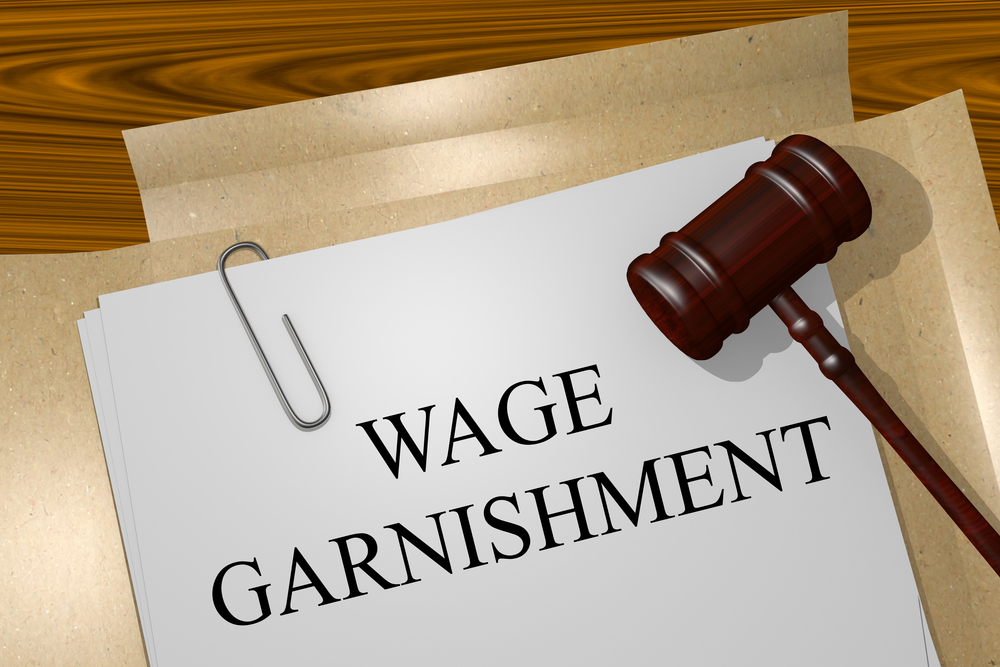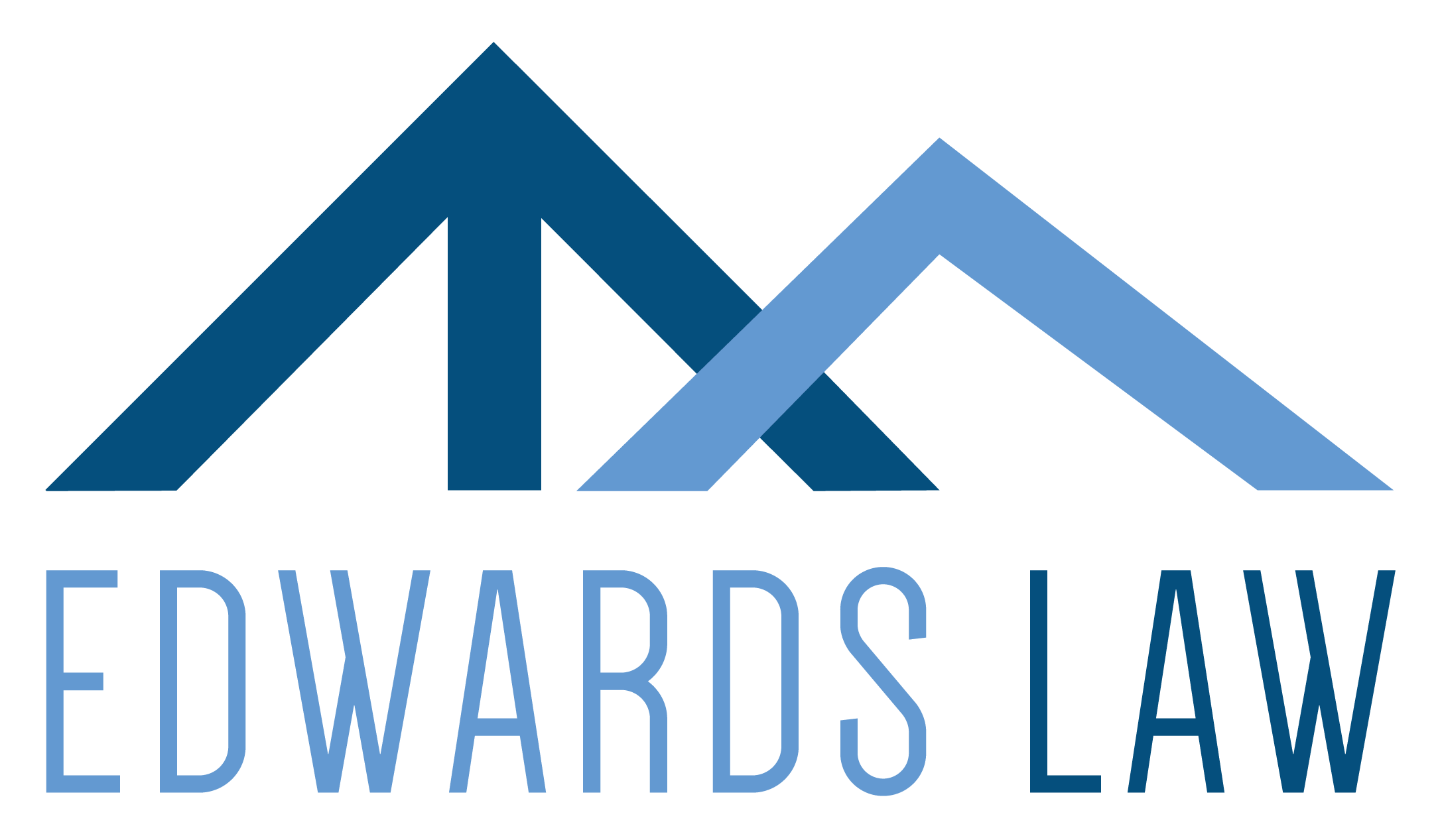
31 Mar The Writ of Execution/Continuing Garnishment–the Next Step in Getting Paid
After you have figured out what assets the judgment debtor might have (by way of a Rule 69 exam or interrogatories), the next step in enforcing any judgment is to determine and implement the appropriate method of enforcement. The method of enforcement you and your attorney decide to use is determined by the type of judgment being enforced and what types of assets are available. For money judgments, you as a judgment creditor can typically begin this process by obtaining a writ of execution.
You can obtain a writ of execution for different types of accounts, depending on what personal information you can gather from the judgment debtor. If you find out that the judgment debtor has a bank account, you will want to facilitate a writ of garnishment. A garnishment is a way of collecting a debt where you as the judgment creditor takes or “garnishes” money or property that belongs to the judgment debtor but is in the possession or control of another person. For example, a judgment creditor may garnish rent payments that are owed to the judgment debtor, but are still in possession of his/her tenant, or funds held by a bank in the judgment debtor’s bank account. This is called a “Writ of Garnishment (on Personal Property Other than Earnings of a Natural Person)”.
If your judgment debtor is employed by someone else, you as the judgment creditor may also garnish the judgment debtor’s earnings (wages, salary, etc.) owed to the judgment debtor by the judgment debtor’s employer. This is called a “Writ of Continuing Garnishment (On Earnings of a Natural Person)”.
Writ of Continuing Garnishment (On Earnings of a Natural Person) – No Writ of Execution Needed
The writ of continuing garnishment on earnings of a judgment debtor is the most common type of garnishment. After entry of judgment when a writ of execution can issue, a writ of continuing garnishment against earnings “shall” be issued by the clerk of the court, upon request of the judgment creditor. The forms for making this request are available on the court’s website, including a “calculation of amount of exempt earnings” form. Under a writ of continuing garnishment, you as the judgment creditor can garnish earnings, except to the extent the earnings are exempt under law (see below). Also, issuance of a writ of execution is not required for this type of enforcement.
Once you receive the writ of continuing garnishment for wages, you must properly serve two copies of the writ of continuing garnishment, together with a blank copy of a form titled “Objection to the Calculation of the Amount of Exempt Earnings” upon the garnishee, one copy of which the garnishee must deliver to the judgment debtor. A writ of continuing garnishment serves as a lien and continuing levy against the nonexempt earnings of the judgment debtor, until such time earnings are no longer due; the underlying judgment is vacated, modified or satisfied in full; or the writ is dismissed. Service of a writ of continuing garnishment upon the garnishee gives the court jurisdiction over the garnishee and any earnings of the judgment debtor within the control of the garnishee.
Limitations on the Writ of Continuing Garnishment
For this type of writ, you as the judgment creditor cannot serve more than one writ of continuing garnishment upon any one garnishee for the same judgment debtor during what’s called the “effective garnishment period.” Other types of writs of execution however can be issued during this time. Also there are certain types of garnishments, such as a writ of garnishment for support, which, if served during the effective period of a writ of continuing garnishment, will take priority and will toll the effective period for the writ of continuing garnishment until the writ of garnishment for support is paid.
Also, only part of your judgment debtor’s earnings can be taken by garnishment. “Earnings” includes wages, salary, commissions, and bonuses. The percentage or amount of earnings that can be garnished will be calculated from the judgment debtor’s “disposable earnings,” which means his or her earnings after deductions that are required by law (e.g. state and federal tax withholdings). The percentage or amount of earnings that can be garnished may depend on how much the judgment debtor makes, the federal and state minimum wage, and what type of debt is owed (a larger percentage of earnings can be garnished to pay a child support or maintenance/alimony debt than for other types of debt).
Certain types of income, such as child support or alimony/maintenance your judgment debtor receives from someone else, SSI, social security, Veterans’ benefits, public assistance, and unemployment, may be completely exempt from garnishment or exempt from certain types of garnishment.
I Am Not Receiving Any Money—Now What?
If you have served the garnishee of your judgment debtor with a copy of the writ of execution and you are still not receiving anything, the garnishee may not have any property or money that belongs to the judgment debtor. The law gives the garnishee a certain amount of time to respond to your writ of garnishment and let you know whether he or she is actually holding property or money that belongs to the judgment debtor. The time the garnishee has to respond depends on the kind of writ of execution/writ of continuing garnishment you served on the garnishee.
After the garnishee responds to your writ of execution, the judgment debtor will have a certain amount of time to object or claim that the money/property is exempt from garnishment. If the judgment debtor objects or claims an exemption, you will have to wait until the court holds a hearing to decide whether the judgment debtor’s objection or claim of exemption is valid before you receive any payment.
If you have served a writ of continuing garnishment on the judgment debtor’s employer, and all the time for the garnishee and judgment debtor to respond has passed, and you are still not receiving anything, it may be because there are other writs of garnishment ahead of yours. There can be only one writ of garnishment in effect at one time and, generally, whichever writ was served first has priority (with the exception for writs of garnishment for support mentioned above). A writ of garnishment is effective for 182 days (or 91 days, for a judgment that was entered before 8/8/2001). Once the effective period for a writ of execution ends, payment will begin on the next writ in line. However you can continue to request writs of continuing garnishment (or any other type of writ of execution) until your judgment is satisfied.
Seeking a writ of execution/writ of continuing garnishment is tedious and must be done correctly in order for the writ to be effective. Contact Edwards Law today to discuss your options.


No Comments